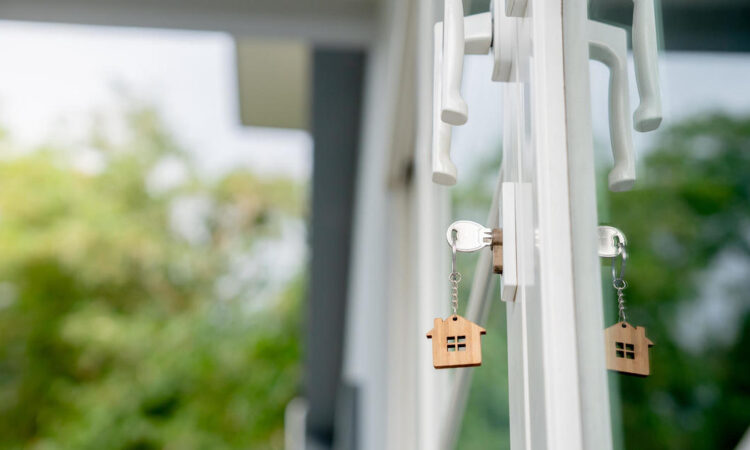
Getty Images
When mortgage rates dropped to 3% or lower during the pandemic, buyers flocked to the market to secure cheap rates on homes. And, while the majority of these buyers were purchasing a primary home, some buyers opted to capitalize on the inexpensive borrowing landscape by purchasing a second home, whether the goal was to start a short-term rental business or purchase a vacation home for getaways.
But with mortgage rates now hovering near 7% and home values still elevated, much of the focus has shifted from inexpensive mortgage loans to home equity lending. After all, the average homeowner has nearly $200,000 in home equity they can tap into right now, and it can typically be done at a rate that’s much lower than they’d get with a credit card or personal loan. So, it’s a smart time to take advantage of what home equity loans and home equity lines of credit (HELOCs) can offer you.
If you own a second home in addition to your primary residence, you may be wondering if you can tap into the equity by taking out a HELOC, which is a revolving line of credit that is secured by the equity you’ve built up in your home. The short answer is yes, in many cases, you can get a HELOC on a second home in addition to your main home. However, there are some important considerations to keep in mind.
Find today’s top HELOC rates online now.
Can you get a HELOC on a second home?
It is possible in many cases to get a HELOC on your second home. Most major lenders, including banks, credit unions and online lenders, offer HELOCs on vacation homes and investment properties. However, some smaller local banks and credit unions may only extend HELOCs on primary residences.
When you apply for a HELOC on a second home, the application and qualification processes are relatively similar to the process of applying for a HELOC on your main property. The main difference is when you apply for a HELOC on a second home, the lender will typically consider both your primary residence and second home.
And, there may be a few other minor differences worth noting, too. For example, you may find that lenders have different loan-to-value (LTV) requirements for primary versus non-primary residences. HELOCs on second homes also tend to have slightly higher interest rates compared to primary residences.
Those minor differences are due to loans on vacation homes and investment properties being seen as higher risk. After all, you don’t live there full-time and may be more likely to walk away if having financial difficulties, so allowing you to tap into the equity on the property can be a little riskier than it would be on your primary home.
Learn more about the home equity rates you could qualify for here.
Qualifying for a HELOC on a second home
The approval process for a HELOC on a second home differs from one lender to the next. That said, in order to qualify for a HELOC on a second home, you can expect most lenders to closely evaluate your:
- Credit score and credit history
- Income and employment
- Total existing debt levels
- Home equity in both properties
You’ll also generally need to meet minimum equity requirements on the second home, just like you would when applying for a HELOC on your main residence. These minimum equity requirements can range from 15% to 35% depending on the lender and the home’s occupancy status (vacation vs. rental property). Lenders may also want to see that the second home is in good condition.
But having high levels of equity alone won’t be enough to get approved for a HELOC if your income isn’t sufficient to cover the additional payment. In addition to having enough equity, your total debt levels, including mortgage payments, HELOC payments and other loans, typically cannot exceed around 40% to 45% of your gross monthly income.
Reasons to get a HELOC on your second home
In general, you can borrow money from your home equity for nearly any purpose — and the same is true for a HELOC on a second home. However, there are a variety of potential reasons why homeowners may be interested in a HELOC on a second home in particular, including:
Because a HELOC is a revolving line of credit, it can provide easy access to cash over an extended period, so it can be a smart way to borrow money for these or other purposes. However, it’s important to only borrow what you truly need, as failing to make payments can put your second home at risk.
The bottom line
A HELOC can be an effective way to tap into the equity of a second home when you need to. However, it’s important to understand that there’s increased risk to lenders when you borrow money from a second home, so they will typically have strict qualification criteria that can make it more difficult than normal to be approved. As you pursue this option, keep that in mind, and be sure to shop around, compare rates and terms and ensure you have steady income to manage any new payment obligations.

